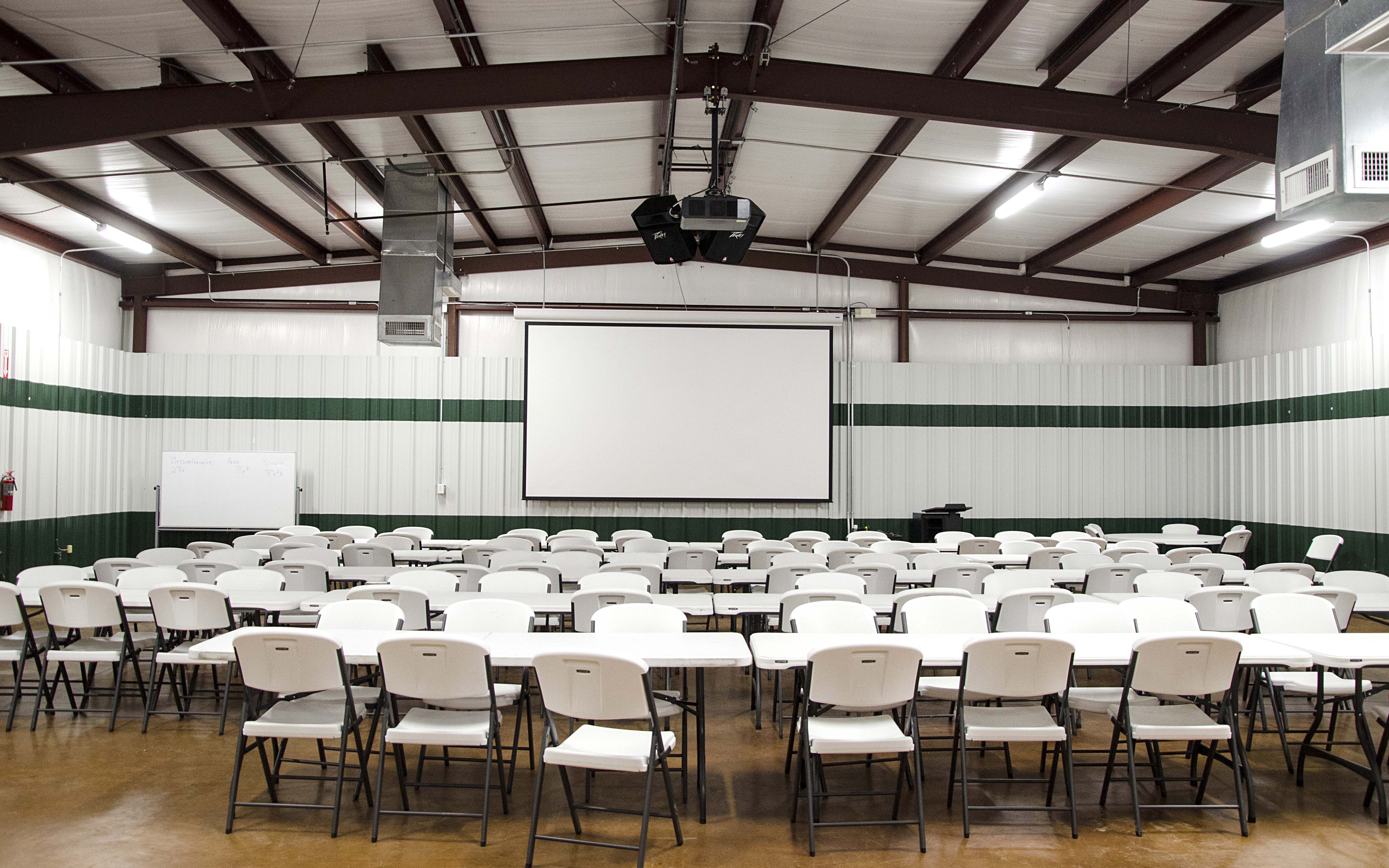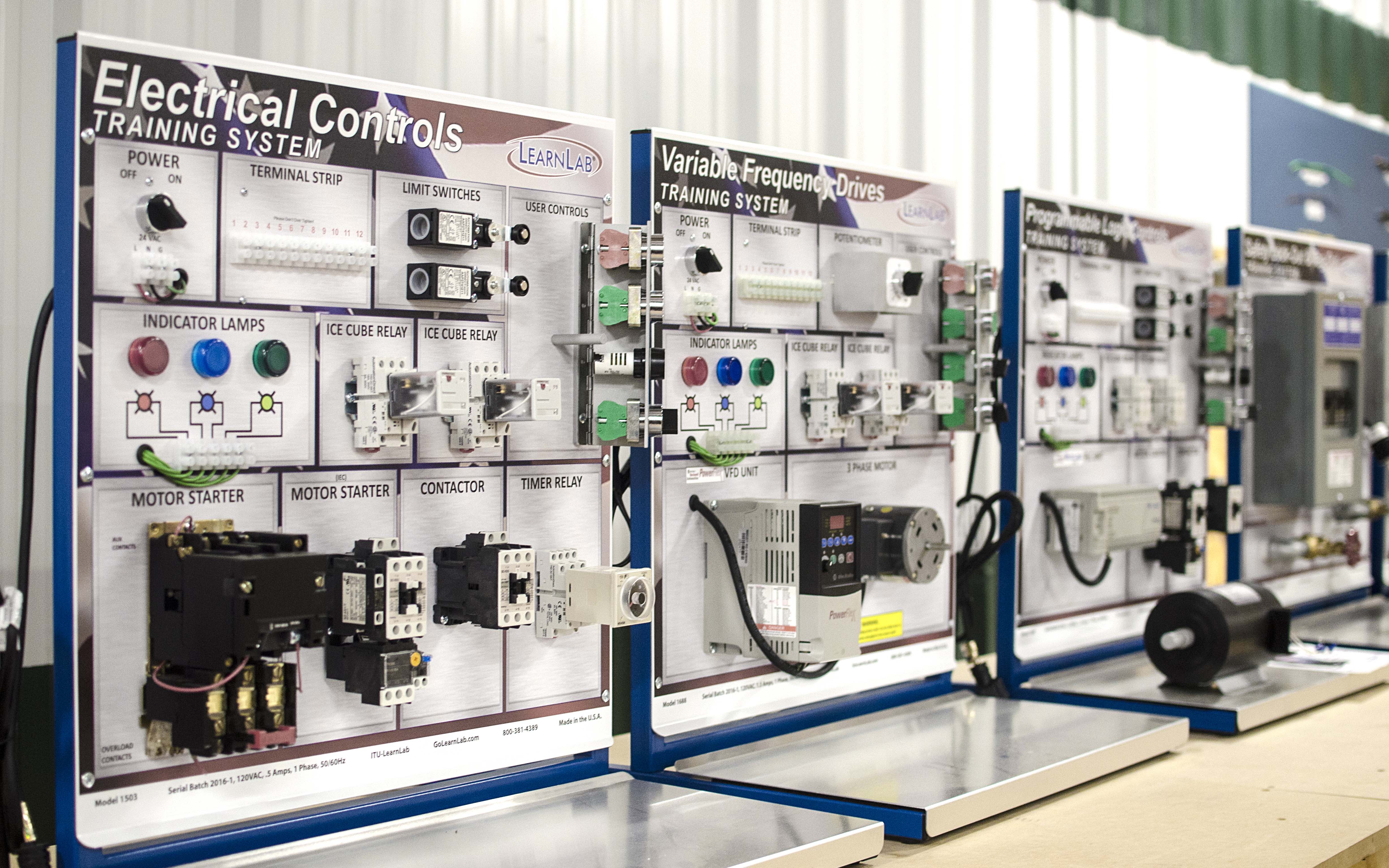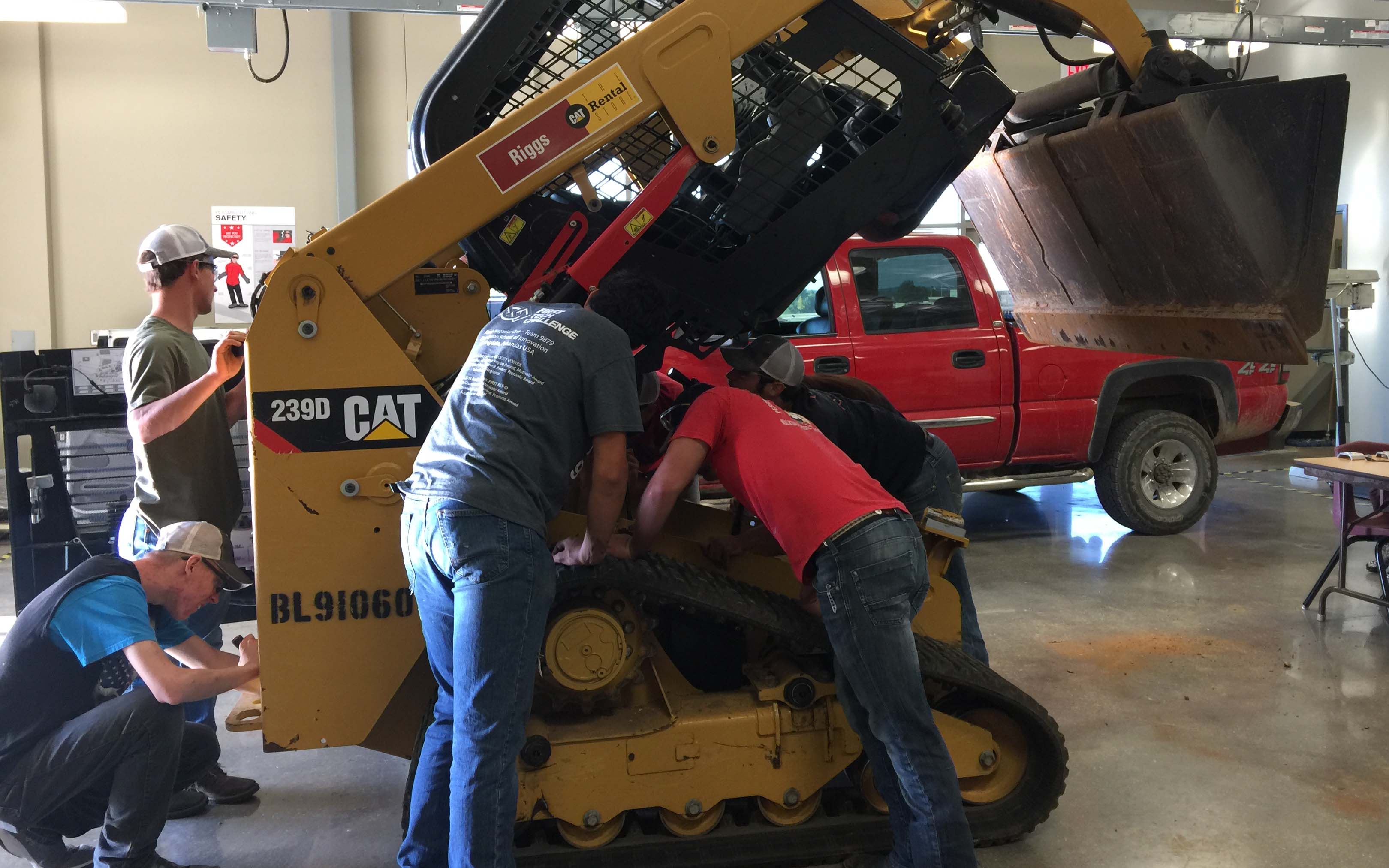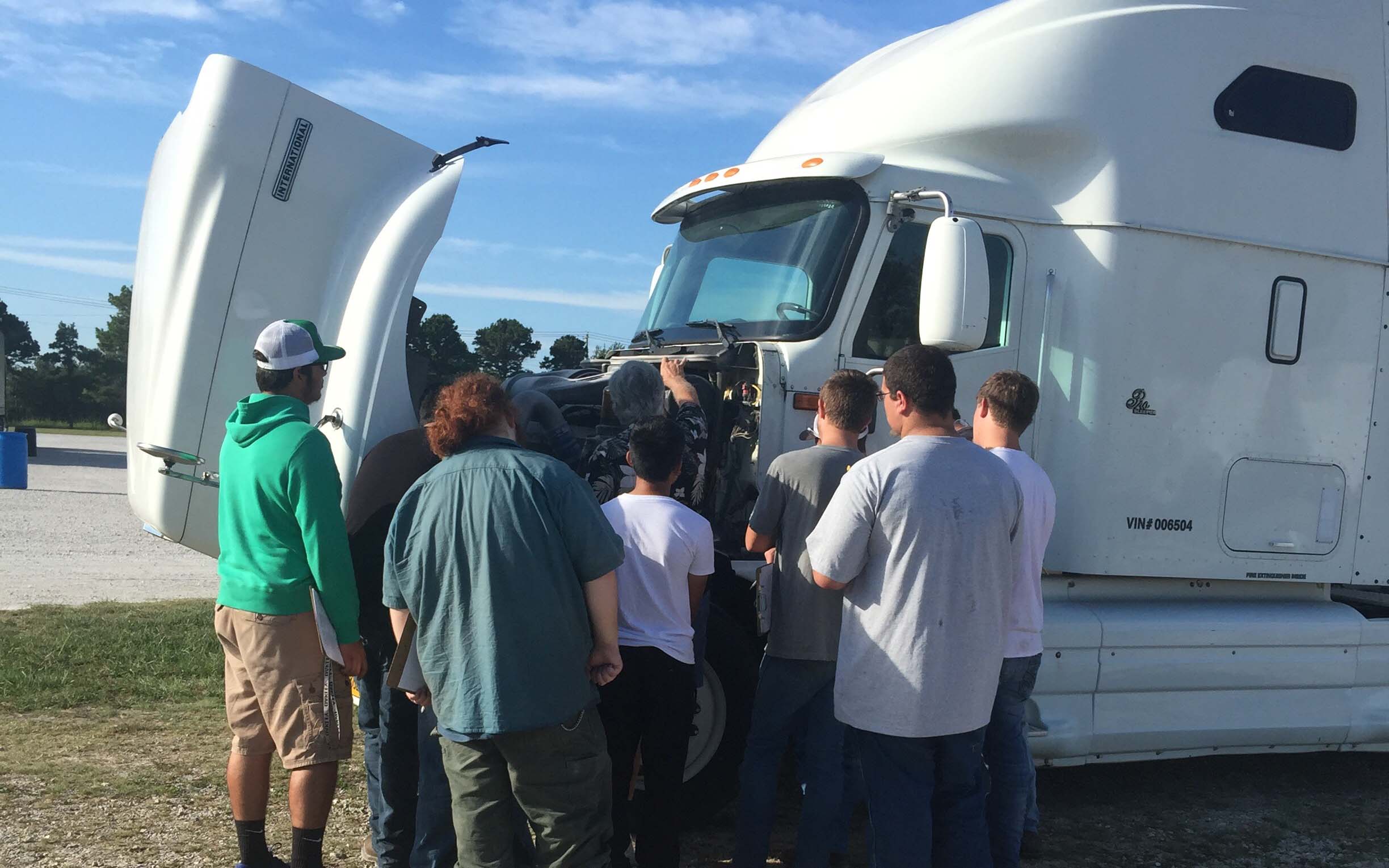Workin’ for a Living
May 27 - June 2, 2019
By Dwain Hebda
Arkansas works to meet state’s critical labor shortage
Arkansas, like the rest of the nation, is hiring. The state’s unemployment rate which, according to the Bureau of Labor Statistics (BLS), first dipped below four percent in July 2016 and has steadily dropped since, registered 3.6 percent in April. To understand how precipitous the decline in the number of jobless has been, consider the latest unemployment stats are almost exactly half that of January 2009.
“This is not going to get solved overnight,” said Michael Preston, executive director with the Arkansas Economic Development Commission. “We’ve got a pilot program that we’re starting to work on in Fort Smith where we’ve identified a number of companies in the area that have 10,000 available positions, just in that region alone. We wanted to dig down a little bit further and what we found out is the vast majority of those are entry level. So, it’s getting workers skilled at the entry level who can come in and do that job and after a year or two, they’re retraining and up-skilling that talent to move into a better job.
“The thing is, it’s not unique to Arkansas,” Preston added. “This is a challenge across the country.”
In fact, BLS reported in its May 7 Job Openings and Labor Turnover Summary, that job openings nationwide reached 7.5 million on the last day of March 2019. Hires and separations remain stagnant, either unchanged from the previous reporting period or up nominally. This all adds up to a national unemployment rate of 3.6 percent, the lowest since the Nixon administration in 1969.
“Desperate” is not too strong a word to describe many companies around the state when it comes to staffing and it’s a situation that’s permeated all feeder aspects for the state’s labor supply from government agencies to professional associations to the education system. Preston said more effort is going into creating partnerships to help identify specific needs and then train local resources to help meet them.
“I think we are making progress in Arkansas. I think you’re starting to see more focus on career and technical education,” Preston said. “We have some programs in place that are starting to work. I think you’re starting to see a little bit more collaboration between state agencies.”
But, he adds quickly, “There’s not going to be any one silver bullet answer to fix [labor supply]. It’s going to take a collaborative effort between local communities partnering with the state, partnering with the federal government, partnering with our school districts as well as our career and technical education centers and our other higher education institutions.”
With the national labor picture being what it is, logic tells you the answer to any one state’s woes isn’t luring waves of people from a neighboring state. They simply don’t exist. Instead, many of the programs in place are focusing on education and training of Arkansas natives, both the next generation of workers and those underemployed looking to learn a new skill.
That’s precisely the strategy being employed by the Arkansas chapter of the Associated Builders and Contractors, which in the past two years has invested considerable time and resources to launch technical training programs at its expanded cenral Arkansas headquarters.
“We have an electrical apprenticeship that we’re doing. In the fall of this year we’ll start a plumbing apprenticeship program,” said Bill Roachell, chapter president. “We’ve also got a pre-apprenticeship program that we’re going to launch in the fall that’s going to be a test model for us.”
Roachell said while the classes are for all age groups, ABC has paid particular attention to middle and high schoolers, especially those that tend to fall through the cracks, who struggle in traditional school settings or those not bound for college. One recent vein of kids ABC is mining is home-schooled students.
“Back in February and March, we took a template from a program in our Greater Michigan Chapter,” he said. “We were hoping to get 25 home-schooled students for a six-week training period. The students would come here one day a week for two hours from 1 to 3 in the afternoon. We advertised it solely on social media.”
“We ended up having 55 students and having to add a second time slot in the morning. That went over so well because these students are just thirsting for some knowledge, especially on the trades. We brought them in, showed them a little bit about what we were doing and they absolutely fell in love with it. We had a mom who drove her three boys to our campus here in Maumelle from Jasper, Arkansas, every week.”
At the same time ABC is teaching skills, it’s also working to bring about a different mindset toward construction-related careers. This includes the vernacular – plumbing, welding and electrical prefer being called “skilled professions” over “the trades” these days – as well as unwinding stubborn misconceptions about making one’s career there.
“A lot of these kids don’t know where to turn. A lot of times there’s been a misconception about the construction industry,” Roachell said. “One thing we’re going to have this summer is a construction tech camp. What we’re going to do is have these kids out, and some of these kids love drawing and stuff like that. We’ll show them how when somebody’s looking at building on a piece of property, instead of a surveyor actually going out there and having to mark all the points you can actually do that from a drawing.”
“I think we’re engaging these kids now more than ever and we’re letting them know there’s different opportunities within the construction field.”
With the higher numbers comes more gender and racial diversity, something sorely needed in all aspects of the construction industry.
“We’re definitely seeing more diversity and inclusion. That’s one thing that we talk about,” Roachell said. “We want to make sure that we have a diverse membership and that we’re including folks that in the past may feel like they’ve gotten nudged out.”
An even more striking example of the potential for collaboration is the growing number of high schools partnering with local community colleges to provide students a means to get an early jump on their career. Among these efforts, the five-year-old Don Tyson School of Innovation in Springdale, teaching grades 6 to 12, is a standout.
“One thing that is very unique, and I think draws a lot of students to our campus, is we encourage students to graduate from high school with something in addition to their high school diploma,” said Kelly Boortz, assistant principal who will take over as the school’s principal next year.
Don Tyson School of Innovation offers, through its resident Northwest Technical Institute, training in diesel mechanics, certified nursing assistant and patient care assistant, plus certificate training in construction and IT. It also partners with Northwest Arkansas Community College to give students an even wider range of options for career training or to a get a jump on a four-year degree.
“Our vision is for accelerated, advanced college and industry curriculum,” said Amy Harrison, assistant principal. “We want [students] to leave our building with some sort of certification to either put them in the workplace and ready for a job or we want to equip them with advanced classes and college hours to further their secondary education after they leave us as a senior.”
“The reason that we promote an advanced curriculum is so by eleventh grade, a student can be well on their way to having all of their graduation requirements completed,” Boortz said. “That way, they’re able to get an internship and apprenticeships their eleventh and twelfth grade year. That puts them a step ahead in being able to get a job because they have that experience.”
The school also has a mechanism for keeping its curriculum relevant to the needs of the marketplace.
“We work very closely with all of our industry partners and have advisory boards that meet regularly to keep us up to the industry standard and give us ideas about what they’re looking for,” Harrison said. “Our partners also come in and speak to our students, so that way [students are] aware of what [employers are] looking for, because it is ever-changing.”
“We also work closely with the Northwest Arkansas Workforce Council to see the new trends and data that is being released. That way we can be targeting areas of need.”
Boortz said the school casts a wide net in attracting students – Madison, Benton and Pulaski counties are all represented in the student body along with kids from close by.
This, she says, is proof positive that attitudes are changing about the potential of skilled careers.
“Things have changed in the skilled or trade area,” she said. “Here we start educating students and parents about the opportunities that are available in the sixth grade. That means letting them see what the demand in the workforce is around the Northwest Arkansas area, what people in that industry make and really taking time to educate them about opportunities.”
“I think the education piece is key to making sure that our students, our parents, our community and our state, know what doors can open up for them in high school and beyond.”
PHOTO CAPTIONS:
Arkansas, like the rest of the nation faces a big problem – workers’ skills and available jobs aren’t matching up. Luckily organizations across the state are taking various strides to combat this problem. The Associated Builders and Contractors of Arkansas provides a myriad of training to members, among other internships and programs. Students at Don Tyson School of Innovation work with various pieces of equipment such as diesel mechanics, electrical controls, and construction models. (Photos provided unless otherwise noted)






